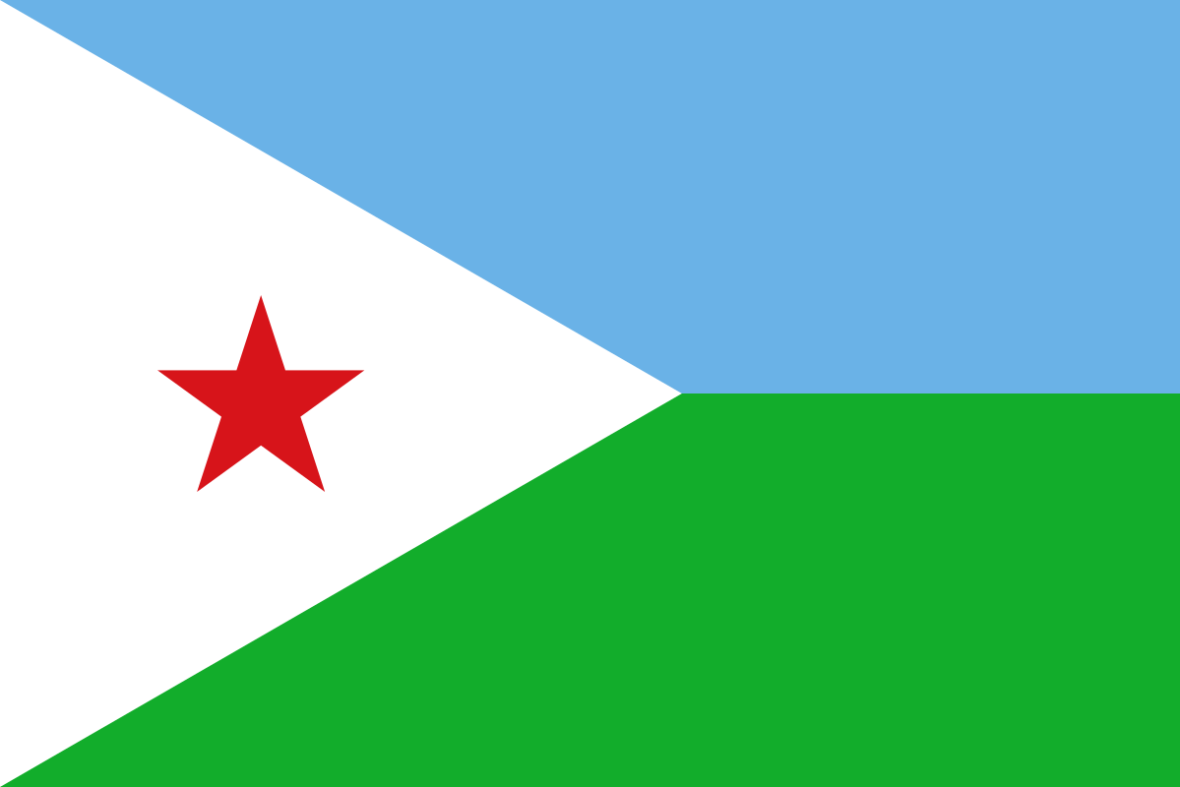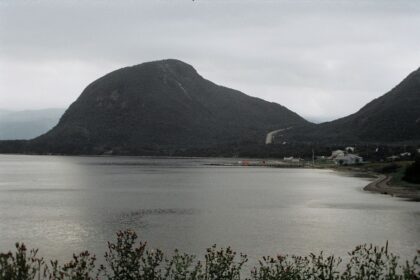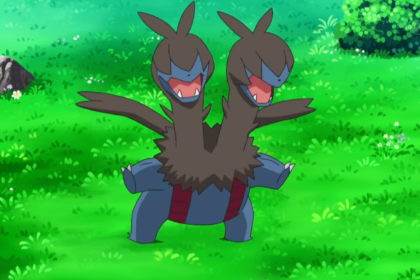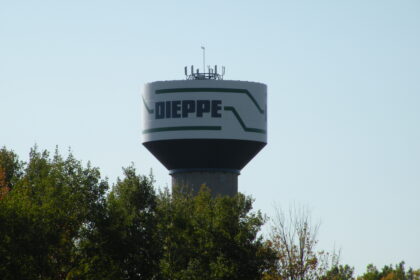Djibouti is located at the Horn of Africa. It’s a mostly French and Arabic speaking country of dry shrublands, volcanic formations and Gulf of Eden beaches. It’s home to one of the saltiest bodies of water in the world, the low lying Lake Assal, in the Danakil Desert. Take a look below for 30 more fascinating and interesting facts about Djibouti.
1. During ancient times, the country was part of the Land of Punt and then the Kingdom of Aksum. Nearby Zeila, which is now known as Somalia, was the seat of the medieval Adal and Ifat Sultanates.
2. In the 19th century, the colony of French Somaliland was established following treaties signed by the ruling Somali and Afar sultans with the French and its railroad to Dire Dawa allowed it to quickly supersede Zeila as the port for southern Ethiopia and the Ogaden.
3. Djibouti is a multi-ethnic nation with a population of over 942,333 inhabitants.
4. About 94% of the population is Muslim, which is the official religion and has been predominant in the region for more than a thousand years.
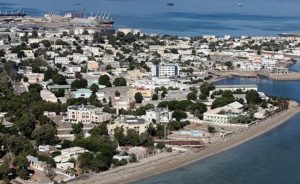
5. The Somali Issa and Afar make up the two biggest ethnic groups. Both of the groups speak Afroasiatic languages, which serve as recognized national languages.
6. Djibouti is strategically located near some of the world’s busiest shipping lanes, controlling access to the Red Sea and Indian Ocean. It serves as a key refueling and transshipment center, and is the principal maritime port for imports from and exports to neighboring Ethiopia.
7. The name Djibouti is derived from the word “gabouti” which is a doormat made from palm fibers.
8. Approximately 60% of Djibouti’s population is Somali, 35% is Afar, and the remaining 5% is made up of French, Italian, Arab and Ethiopian people.
9. Djibouti’s unemployment rates are very high, almost 60% in urban areas and 80% in rural areas.
10. While agricultural land is scarce at only 0.09% of Djibouti’s total land area, it’s possible to grow some fruit and vegetable crops.
11. Approximately 90% of Djibouti’s land is desert.
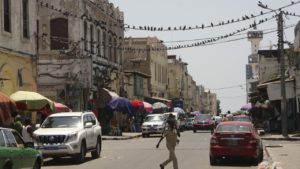
12. Mt. Goda has vegetation growing, which is rare for the Djibouti region. Wild olive trees, acacias, and giant juniper trees can be found growing.
13. Industry in Djibouti includes salt, agricultural processing and construction.
14. The monetary unit in Djibouti is the Djibouti franc.
15. Djibouti has five regions including the Ali Sabieh Region, the Arta Region, the Dikhil Region, the Djibouti Region, the Obock Region, and the Tadjourah Region.
16. Djibouti cuisine is commonly made with Middle Eastern spices such as cinnamon and saffron. Common dishes include yetakeit wet, Fah-fah, and halva.
17. Lac Assal of Djibouti is the saltiest lake with the exception of Antarctica’s lakes. It’s even saltier than the Dead Sea.
18. Lac Assal is the lowest point in Djibouti. It’s also the lowest point on the continent of Africa.
19. The Danakil Desert is a lowland geothermal region which extends into Ethiopia and Eritrea.
20. The Gulf of Tadjoura is one of the richest areas in the world for coral and fish species. It’s located in eastern Djibouti.
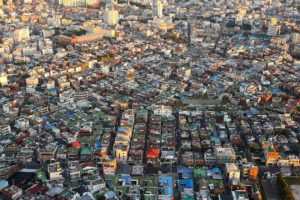
21. Qat, the favorite plant of Djibouti, is banned in many European countries.
22. Djibouti’s Hussein Ahmed Salah won the bronze medal in the men’s marathon at the Summer Olympics in 1988.
23. As the city was built by the French in the 19th century, most houses in Djibouti City are also built in the French colonial style.
24. In Djibouti City, Camp Lemonnier is the only United States military base in Africa.
25. Djibouti can be divided into three major geographic regions: a coastal plain, mountains behind the plain, and a plateau behind the mountains.
26. Mousa Ali is a 2,2021 meter, 6,631 feet, stratovolcano located on the tri-point of Ethiopia, Eritrea and Djibouti. The volcano is the highest point in Djibouti.
27. The Danakil Desert is a lowland geothermal region which covers much of western Djibouti. The Danakil Desert extends into Ethiopia and Eritrea. The area is known for its volcanoes and extreme heat.
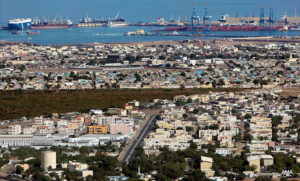
28. The Aquarium Tropical de Djibouti is one of the country’s top tourist attractions. Located in the historic part of Djibouti City, it’s considered one of the best in all of Africa.
29. Pottery predating the mid second millennium has been found at Asa Koma, which is an inland lake area on the Gobaad Plain.
30. In the early 1990s, tensions over government representation led to armed conflict, which ended in a power sharing agreement in 2000 between the ruling party and the opposition.

